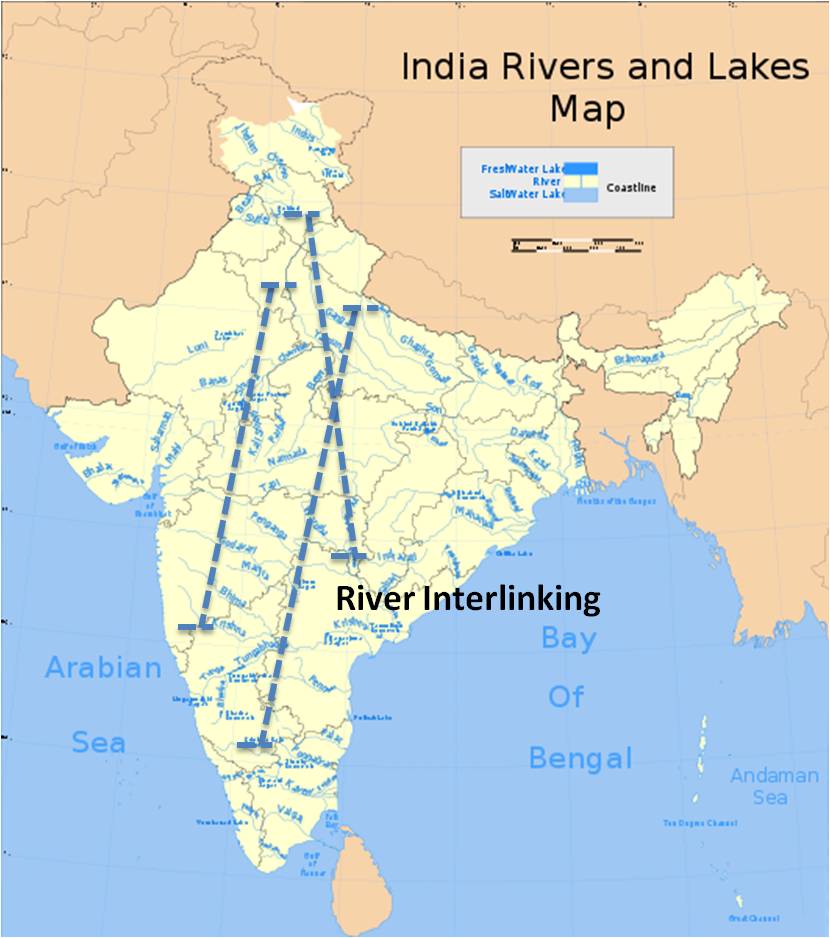Here’s all you needed to know about vermicomposting
You might have heard many people saying that you are what you eat, which is true to a great extent. The more junk food your diet comprises, the unhealthier you are likely to be and vice-versa. However, how our food is grown also has an effect on what our bodies grow up to. It is a widespread practice to use fertilizers and pesticides in agriculture to increase crop yield and shield the harvest from insects and pests. That being said, these chemicals are not always safe because of their hazardous effect on human health. Long-term association to these chemicals has been known to trigger respiratory, lung, and heart problems. Given these side-effects, more and more farmers are moving away from chemical fertilizers and pesticides and switching to organic practices. At the same time such options might be costlier, but did you know you can easily make your own manure through vermicomposting?

Vermicompost is an affordable and natural way of fertilizing soil. In vermicomposting, you turn organic waste like kitchen scrap into worm casting. The insects used in this process are generally earthworms and ringworms. Their excreta is rich in nutrients like potassium, nitrogen, phosphorous, and calcium and hence fertilizes the soil. Compared to topsoil, worm castings contain seven times the amount of potash, five times as much nitrogen, and 1.5 times as much calcium.
Earthworms are generally preferred for vermicomposting as their castings are rich in several nutrients. One can rear earthworms artificially either in a brick tank or in the stem or a plant or the trunk of a tree. Earthworms have been alive on this planet for almost 20 million years. Ancient civilizations in Egypt and Greece had extensively used earthworms for fertilizing soil. To sum it all, vermicomposting refers to the practice of using earthworms feeding on biomass to make compost. The earthworms are either reared artificially or are found living in the soil. The ingest biomass and excrete it in the soil, which works as a fertilizer because it is rich in nutrients. Vermiculture is also referred to as worm-farming.
The use of vermicomposting is almost a century old and is now being implemented across the world not only a way to reduce wastage but also as its eco-friendly. The other ecological benefits which accrue from vermicomposting are detoxication of soil and the introduction of sustainable agricultural practices. The reason why earthworms are preferred in worm farming is that act as biological stimulators, chemical grinders, crushers, and aerators. Moreover, they release proteas, enzymes, amylases, and cellulases, which trigger the biochemical conversion of organic waste discarded from homes, farms, dairies and gardens.
Vermicomposting is an odor-free process as earthworms release coelomic fluids that have anti-bacterial properties which in turn kills any pathogens. The three earthworm species used commonly in India are perionyx excavatus or Indian blue, eudrilus euginae or African nightcrawler, and Eisenia foetida or tiger worm. While Eisenia foetida is used widely in Australia, eudrilus euginae is said to have a higher biodegradation capacity.
While earthworms can survive in most temperature variations, but the ideal temperature for breeding is 13-25 degrees Celsius. Also, the optimal breeding conditions for worm farming include an organic substrate that can be used as bedding. The bedding should be amply aerated and contain enough moisture. To give you an idea, ideal bedding for vermicomposting should be about as damp as a sponge that has been wrung out. The bedding also shields the earthworms from predators.
The substrate should be made of one-third decayed organic matter and two-thirds of topsoil. The organic matter which can be used for the bedding animal manure, dry leaves, newspaper strips or even shredded cardboard.
The process of vermicomposting is simple. For starters, take a can or bin depending on the number of raw materials you have. Collect biomass and put it under the sun for about 10-12 days and then shred it. Pour cow dung slurry on the biomass so that it decomposes. Next, add a three-inch layer of soil to the can you are using and create bedding using decayed organic matter. Fill up the can up to one foot by adding alternate layers of the shredded waste and cow dung. Now, release the earthworms into the can, cover with straw or a gunny bag and sprinkle water regularly and shield the can from insects, lizards and birds.
The two popular vermicomposting methods are as follows:
Surface pit method: In this method, the worms are released into bedding kept in cemented pits. A drawback linked with this method is that it often leads to waterlogging and inadequate aeration.
Bed method: This is an easy method of worm farming in which the earthworms are reared on a bedding of organic matter. It is suitable for small-scale vermicomposting.
There are some precautions that you must consider before you go ahead with vermicomposting. For starters, vermicomposting does not need any sunlight as a worm’s skin is photosensitive, hence pick a dark space. Sprinkle water regularly to maintain moisture in the bedding.


